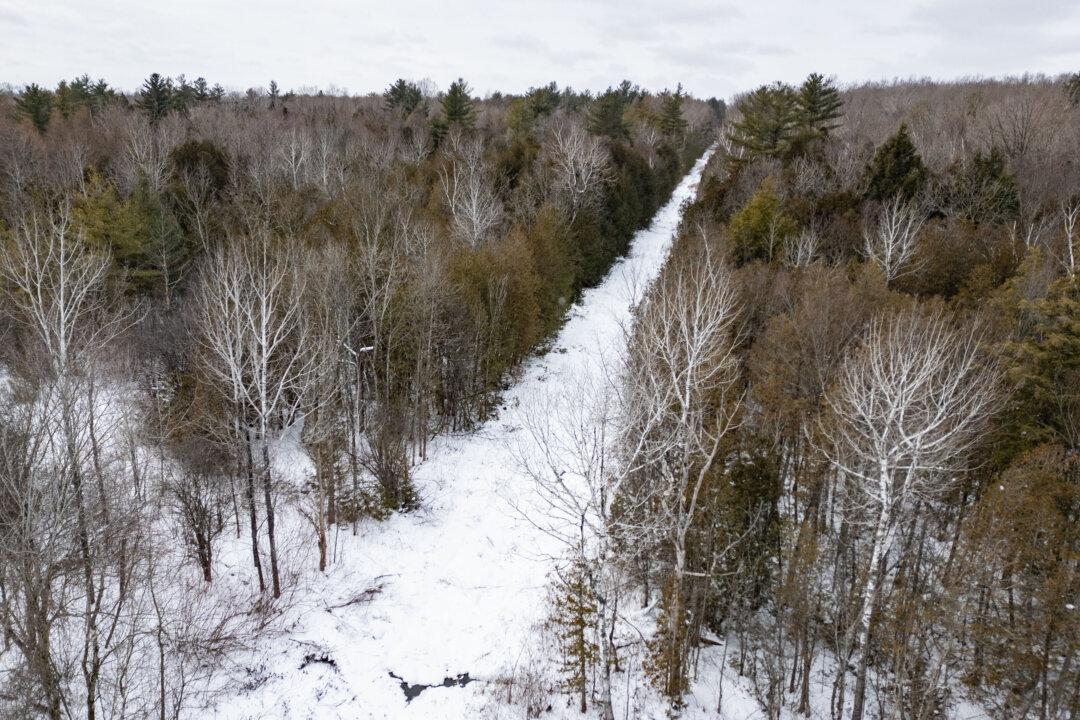Erich Muntz, a resource conservation manager with the agency, said in an interview Saturday that the chasing behaviour in the latest incident was considered dangerous enough to warrant shooting the animal.
He says coyotes are considered dangerous when they begin chasing bicycles, especially on a steep hill like MacKenzie Mountain, where cyclists often are moving slowly.
“If you have to slow down to get up a hill, you are very vulnerable,” he said.
Muntz said there is a combination of potential reasons on why the animals chase cyclists. The coyotes may be irritated by the sound and motion of the wheels.
“I do believe that there is something also related to the physical sounds of bicycles that some coyotes just don’t like ... It’s a behaviour in canines that’s hard to explain,” he said.
In addition, Muntz said the behaviour may be related to some people feeding the coyotes, causing them to lose their fear of people.
“Coyotes can become quite fearless and then, when they don’t get rewarded by being fed, they may become more aggressive,” said Muntz.
The parks service had said in the first attack, a coyote crossed the highway, pursued the cyclist, and bit her after she got off her bike, inflicting a minor wound.
He said patrols were continuing Saturday in the Green Cove area where the attack occurred.
In a statement, the parks service advised the public to exercise caution and avoid walking or cycling in the area. It also advised people against feeding coyotes or enticing the animals to come close to them.
Parks Canada says people should not run away if approached by a coyote. Instead, they should maintain eye contact with the animal and try to appear bigger by waving their arms and shouting. The parks service says people should throw hard objects, such as rocks, at the animal to scare it off.







